Recent departures from Apple's Industrial Design group mean that no one remains from the original group that began to turn around Apple's fortunes. And, only two members who joined a year later are still with Apple — although one of those is Jony Ive.
If it's true that the iMac saved Apple, then it's really the team that made that machine which did it. The Industrial Design team is Apple's weapon and also an extremely unusual one for how it has deliberately been kept very small even as the number of products has grown and their success has expanded.
The ID team — previously sometimes referred to within Apple as IDg, for Industrial Design Group — is headed by Jony Ive and for decades has stayed the same. It has always been small, it has always been secretive, and it has also always been crucial to Apple.
One of the people leaving, Daniele De Iuliis, has been there 28 years and counts the Mac Color Classic among his projects. Rico Zorkendorfer, who appears to have worked on the iPhone and Apple Watch amongst other products, is leaving after 15 years.
And Miklu Silvanto, known for working on the iPhone, AirPods and Apple Watch, has been at Apple for eight years. The fourth person, reportedly leaving shortly, is Julian Honig, and he's been at Apple since 2010.
"Innovation at Apple has always been a team game," Jony Ive told the New York Times in 2014. "It has always been a case where you have a number of small groups working together. The industrial design team is a very small team. We've worked together, most for 15 or 20 years."
Occasional comments like this have fed the legend that the ID team is hard to join and which nobody ever leaves. That isn't true, and it wasn't even before this year saw four members resign, but the team has been remarkably steady — at least since around 2000.
It's believed that there are now between 20 and 22 people in ID. That's how secretive it is, we cannot determine who is in this team and who is one of the many other designers Apple has. However many designers Apple has in total, though, these departures mean that this year they've lost a fifth of their most crucial team.
And it also means that the team is more than twice the size it was originally intended to be.
Small but perfectly formed
Back in 1989 when Apple wanted to hire designer Robert Brunner, they wanted him so badly, and he had turned them down so often, that they agreed to his conditions. He wouldn't just be some manager who commissioned other companies to do the designing, he could create his own team within Apple to do the work.
He was very specific about how it would be an extremely small group and he didn't mess around. It took him until 1991 to form the team because first he needed to create a space that great designers would be interested in. That did mean physically, in that he claimed space in an Apple building just far enough away from the main One Infinite Loop campus to insulate the team from management.
However, it also meant creating an interesting space in a more intangible way. No designers wanted to work for Apple then, it had nothing that would appeal to them, so Brunner campaigned. He told Leander Kahney, Jony Ive's biographer, that he created wild products and bought the back page of the design magazine ID to show them.
"It was totally recruiting," he said. "No other reason. They were concepts, not real products [but] they started to get attention."
In 1991, that first-ever ID team had six members. Five were gone by 2000, including Brunner. The one who remained is Danielle De Iullis and he's amongst those now leaving.
Second wave
There were significant additions to the team from 1992 to 1994, including Danny Coster — who left to join GoPro in 2016 — plus Bart Andre and Jony Ive.
You know all about Ive, but Andre is also still on the team today and has an astonishing track record of patents. He was key on the original iPad, to name just one product out of hundreds of designs and patents he's made.
While Ive didn't run the team until Brunner left in 1996, he was responsible for hiring new designers onto the group. Some of those he hired included Christopher Stringer in 1995 who worked on PowerBooks amongst much else, and Richard Howarth too, at around the same time.
Howarth would later temporarily replace Ive during the Apple Park construction, while Stringer left in 2016.
After this early '90s recruitment to the team, though, it becomes just about impossible to be certain who is actually in the ID group.
It's a fallacy that Apple runs on 22 designers while Samsung, for instance, has thousands, because in reality there are many, many designers in Cupertino who are not on the ID team.
If we were back in the days of Watergate, we'd now be cross-referencing phone directories to figure out who worked for whom. Today we have LinkedIn but if that helps us determine some staff, it ultimately can't tell us much.
Howarth, for example, just lists his job title on LinkedIn as "designer", not even "industrial designer." Another later hire, Alan Dye, also took over certain of Ive's responsibilities at the same time as Howarth, but he just lists himself as "creative director, Apple".
And unless Jony Ive has chosen to mis-spell his own name, for instance, it's not even certain that entries are real.
So because people do mis-spell details and, more often, don't bother to update LinkedIn until they're looking for work, it's hard to find ID team members and all too easy to find many, many designers at Apple.
If we're all shut out of knowing the details of the ID team, though, we're not alone. Even John Sculley, even when he was CEO of Apple, was physically locked out of the design team's offices.
Steve Jobs
The design team continued even as Sculley was replaced, even as Apple was declining. Then Steve Jobs came back and the team didn't change, but its power did.
With that power and authority came what is surely the world's single greatest line of hit products. And with that success came money.
Everyone's circumstances are different and if we can't figure out the names of people on the team, we're never going to be told their salaries and stock options. Nonetheless, it appears certain that if you're in the ID team, you are well compensated.
And so you should be.
Time after time, Apple's design team finds new ways to solve old problems and suddenly their way is the only way. Their way is how it should always have been — and their way is adopted by every other company in existence. The talent in that team is remarkable, and while you have to imagine that seeing the entire planet using your product is a huge reward, the money ain't bad either.
Which is significant now because of what it says about the recent departures and here there are two issues.
One is that seemingly no one has to leave ID in order to earn more money. Maybe they can, certainly they must be approached a lot, but they don't have to.
However, they also appear to have earned enough that they don't have to stay at Apple either.
The four leaving now are a little young to be retiring — Zorkendorfer is around 46, Silvanto is about 38 — but they could. Silvanto has announced that he's moving to another company, AirBnB, and in 2016 Coster went to GoPro, but otherwise none of them appear to have left for different jobs.
Zorkendorfer did make a statement saying that his departure was to take a break. He also emphasized that Apple had many new recruits. "We have incredible new designers — a new generation," he said. "What we've been able to do the last few decades will continue. The talent is there."
Human resources
Better offers are of course not the only reason anyone leaves their job. A common one is a dislike for the culture of the workplace or, more specifically, of a boss.
For most of us, where it's extremely hard to leave a position because we're nowhere near as financially independent as members of the ID team appear to be, these two issues tend to simmer over years. You put up with a lot when you're living paycheck to paycheck, but if you're in the ID team and you don't like Jony Ive, it's at least theoretically easy to walk out.
There's the factor that you're probably bound up in Apple's culture, and it's got to be hard to leave that if you are. However, if you're not into the culture or if you really can't stand working at Apple, it won't take you between 8 and 28 years to decide to leave.
There is one more issue that might be relevant here and that's human nature. You've seen this yourself. When someone announces that they're leaving your company, it makes other people think about it, too. Most of the time, most of the others don't go, but it puts the idea in their minds and if anything encourages that, if anything helps make it appealing, one resignation is prone to leading to others.
That's the case in any company, so there's no reason it shouldn't be the same at Apple — and, again, the financial situation presumably means that the regular pressure of needing a salary isn't a factor.
Hardware decisions
The ID team has created every one of Apple's hardware products for the last couple of decades, so the people leaving — and presumably the people remaining — are definitely experts. If Apple is moving to Services, if there are no more hardware worlds to conquer, maybe these people just aren't finding enough to keep them at Apple.
It's possible and it would make sense. Then the ability to leave in financial security is a natural factor and so is the idea of just wanting to see what the world is like outside Cupertino.
So while it's a shame that no one is left from the original group, and it's a little unusual that they've just lost a fifth of the current team, there may be something going on that's much more peculiar.
If you take a look at Apple's own jobs page, you'll find that there are currently seven positions available within the Industrial Design team. Again, Apple has lots of designers and it's not clear when you cross that line into the ID team, but there are seven jobs open — and the company is also welcoming portfolio submissions from people who want to work there.
We have no way to compare job openings over the three decades of the ID team, no possible way to know whether this is an unusually high or low number. However, we can tell one crucial thing, and that's how long the jobs have been open.
There's a post within Industrial Design for a "Senior Product Designer, iCloud", which has been open since October 22, 2018.
Design jobs are not being snapped up the way you would imagine.
We keep saying that Apple has lots of designers across all disciplines, and perhaps recruitment is a clue to whether Apple is moving away from hardware. For the company's Communication Design division has 11 jobs open at the moment. One is "iOS Designer - Apple Design Lab" which sounds great, but has been open since August 14, 2018.
Then the greatest volume of job ads at Apple today is in the Human Interface Design department, which has 49 jobs open. And yes, there too, you find that many have been advertised for an unusually long time. The longest is "UX Writer, Advertising Platforms,", which has been accepting applications since May 3, 2018.
That's a year.
You would imagine that Apple is an attractive company to work for, if only for staff discounts on iPads. This year LinkedIn ranked it the seventh most sought-after employer which, while down one place from last year, is still pretty good.
Yet some jobs in the various design departments are lying open for months. Apple is apparently not getting the quality of applicants it wants, and this year it's lost four key designers from its most crucial department. Whether the attrition will be a problem remains to be seen.
Keep up with AppleInsider by downloading the AppleInsider app for iOS, and follow us on YouTube, Twitter @appleinsider and Facebook for live, late-breaking coverage. You can also check out our official Instagram account for exclusive photos.
 William Gallagher
William Gallagher-xl.jpg)
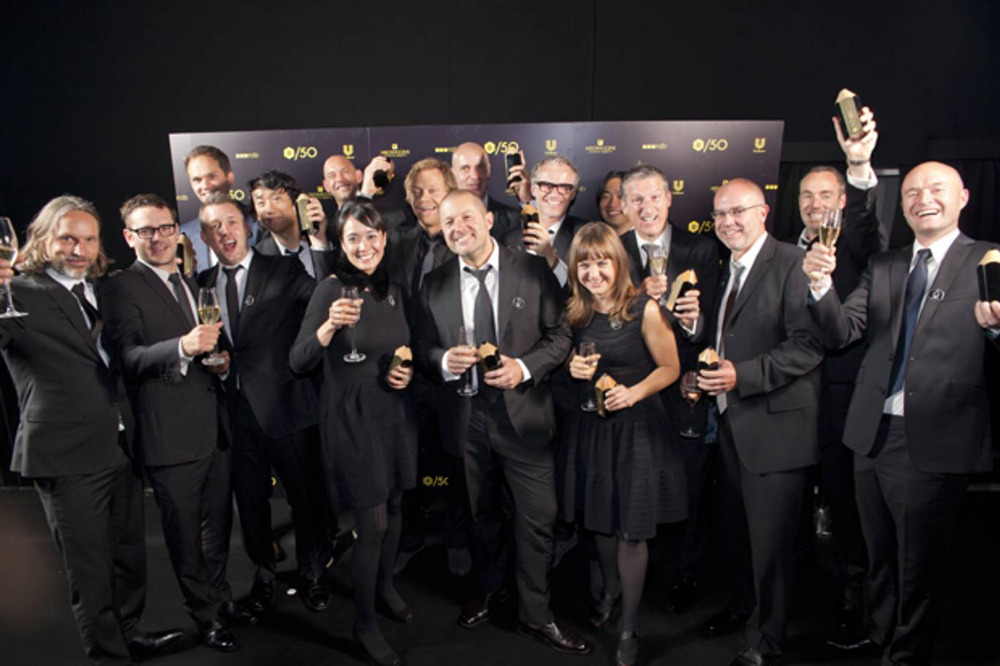

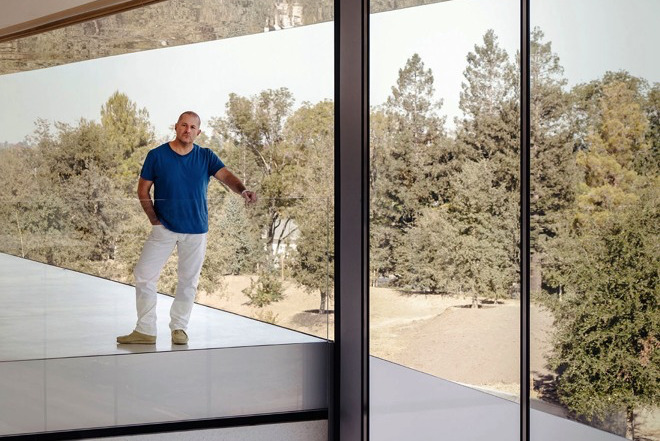


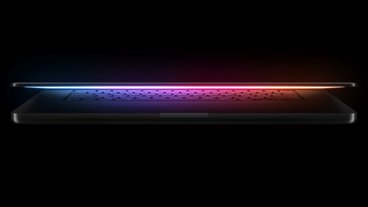

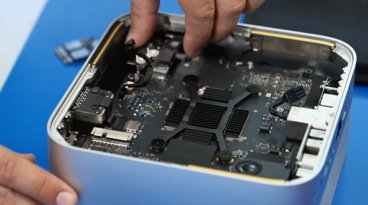








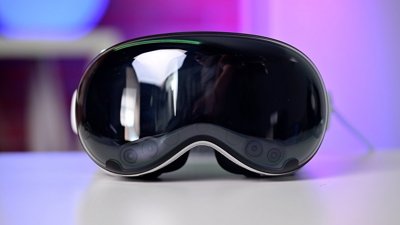
 Malcolm Owen
Malcolm Owen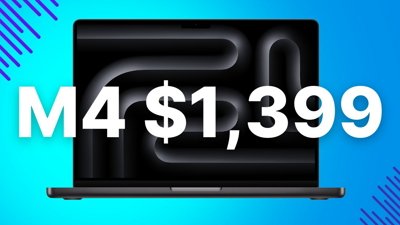
 Christine McKee
Christine McKee
 Andrew O'Hara
Andrew O'Hara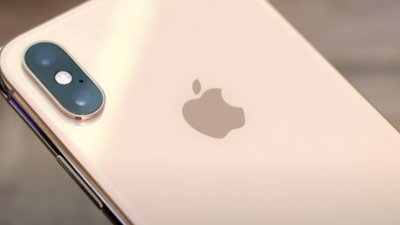

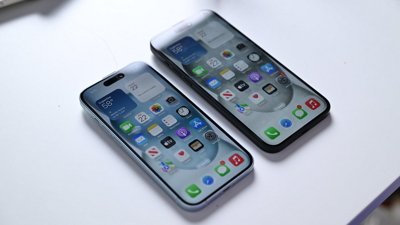
 Andrew Orr
Andrew Orr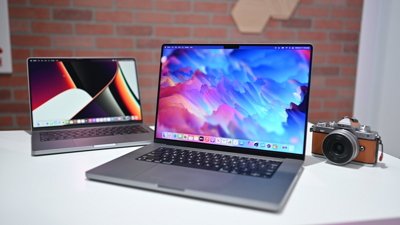
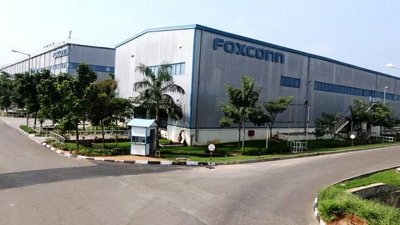









56 Comments
Well, nothing stays the same for ever. New talent is good.
At least with Jony Ive at the helm, bad designs will be filtered out.
Apple now has new designers like Andrew Kim of Microsoft and Tesla fame.
The old made way for the new. Such is life.
It’s rare for someone to stay at one company for so long. Especially in Silicon Valley. But if we have to read something into this perhaps that team isn’t as powerful inside the company post Steve Jobs as people outside the company think it is. Or maybe with the emphasis to services these guys see the future at Apple as not new kick ass must have products but what service Apple can get people to pay a monthly fee for. Industrial designers have nothing to do with that.
As deep and rich the history of accomplishments is, the more shallow the present and the future seem to be, comparatively. What the heck has all this talent been doing over the last 5...7 years, where does Marc Newson fit in, what design trends did they lead or follow ? With a (modestly) new design direction for iPads, after so many and more years, why didn’t that get extended across the line-up, and who would allow dated designs like the bigbezel iPads to return in 2019 ?